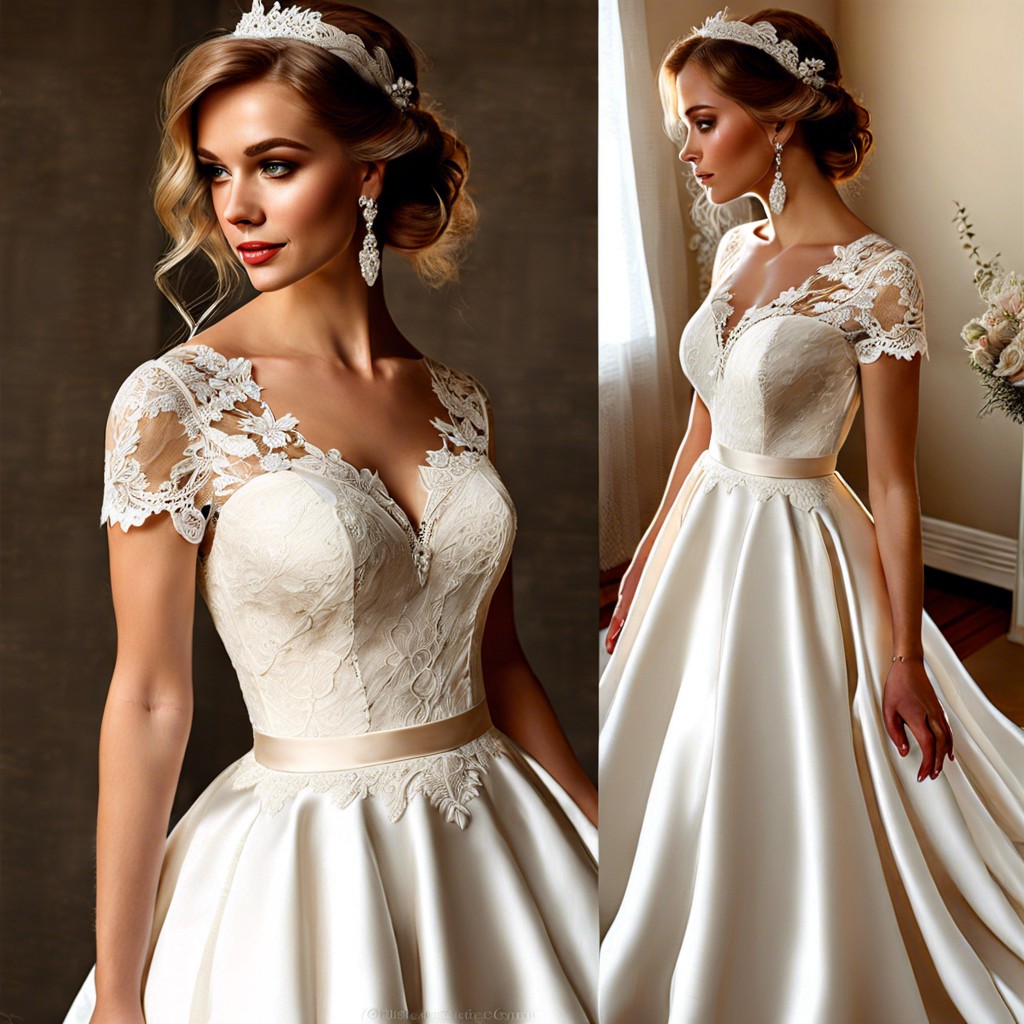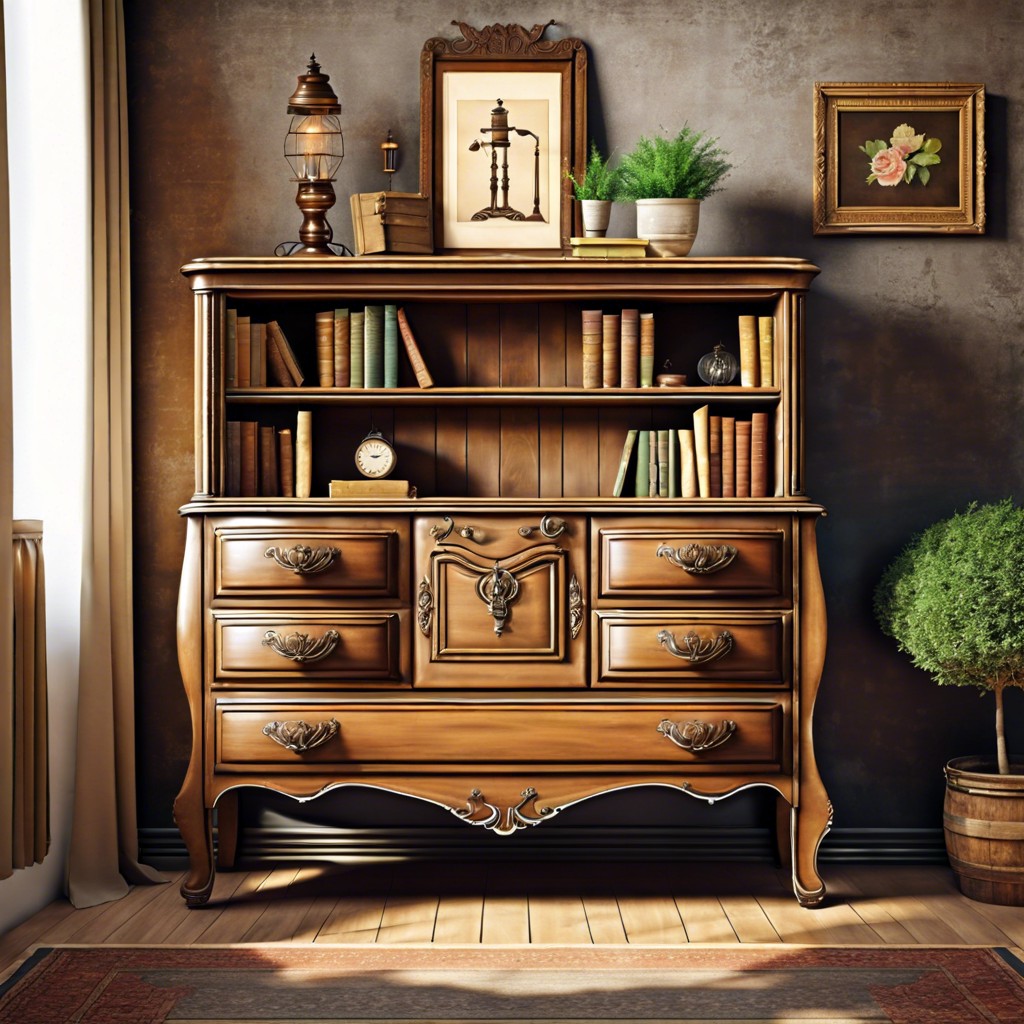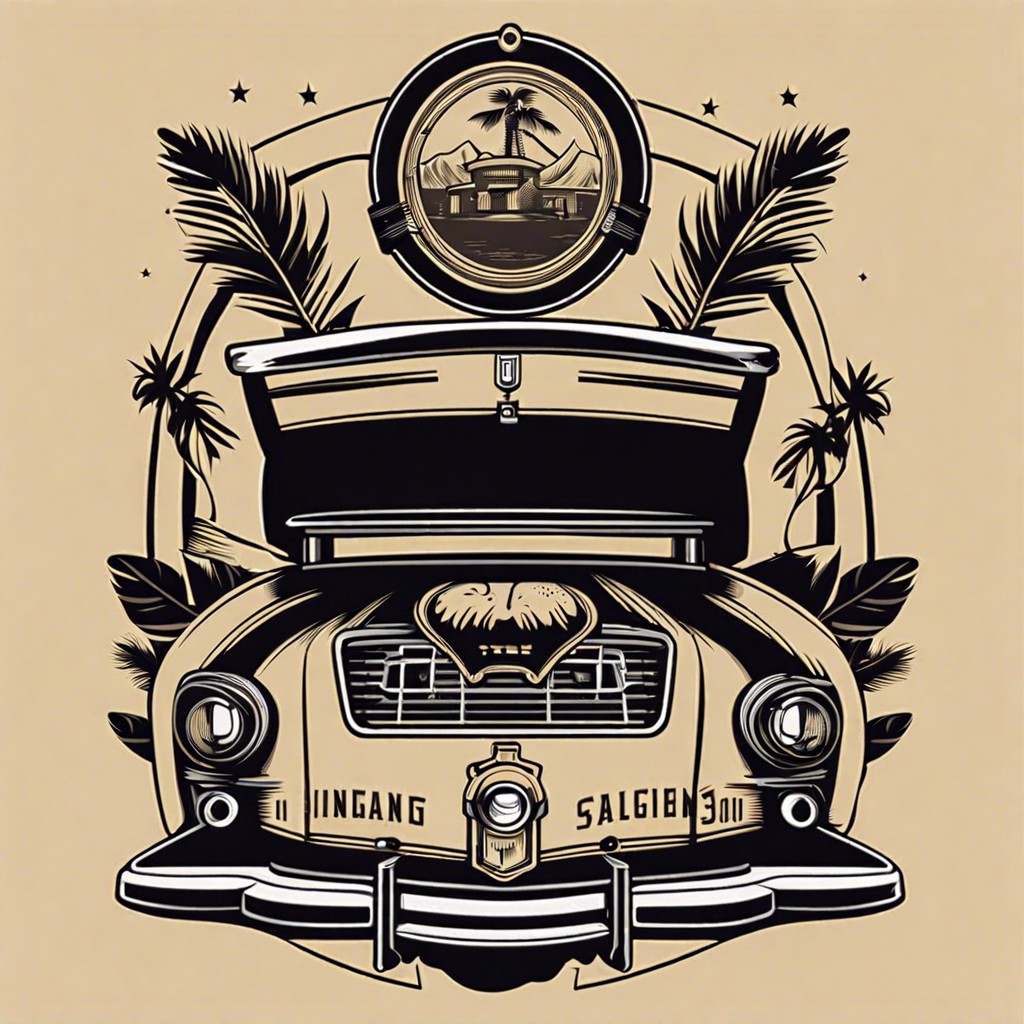Last updated on
Discover practical tips on selecting the right vintage rug to enhance your living space and preserve a piece of history.
Key takeaways:
- Vintage rugs are at least 20 to 100 years old.
- Vintage rugs add warmth, texture, and history to any room.
- Vintage rugs have unique characteristics and craftsmanship specific to their time period.
- Vintage rugs provide a historical essence and can appreciate in value.
- Vintage rugs come in various styles including Oriental, Art Deco, and Mid-century modern.
Understanding Vintage Rugs
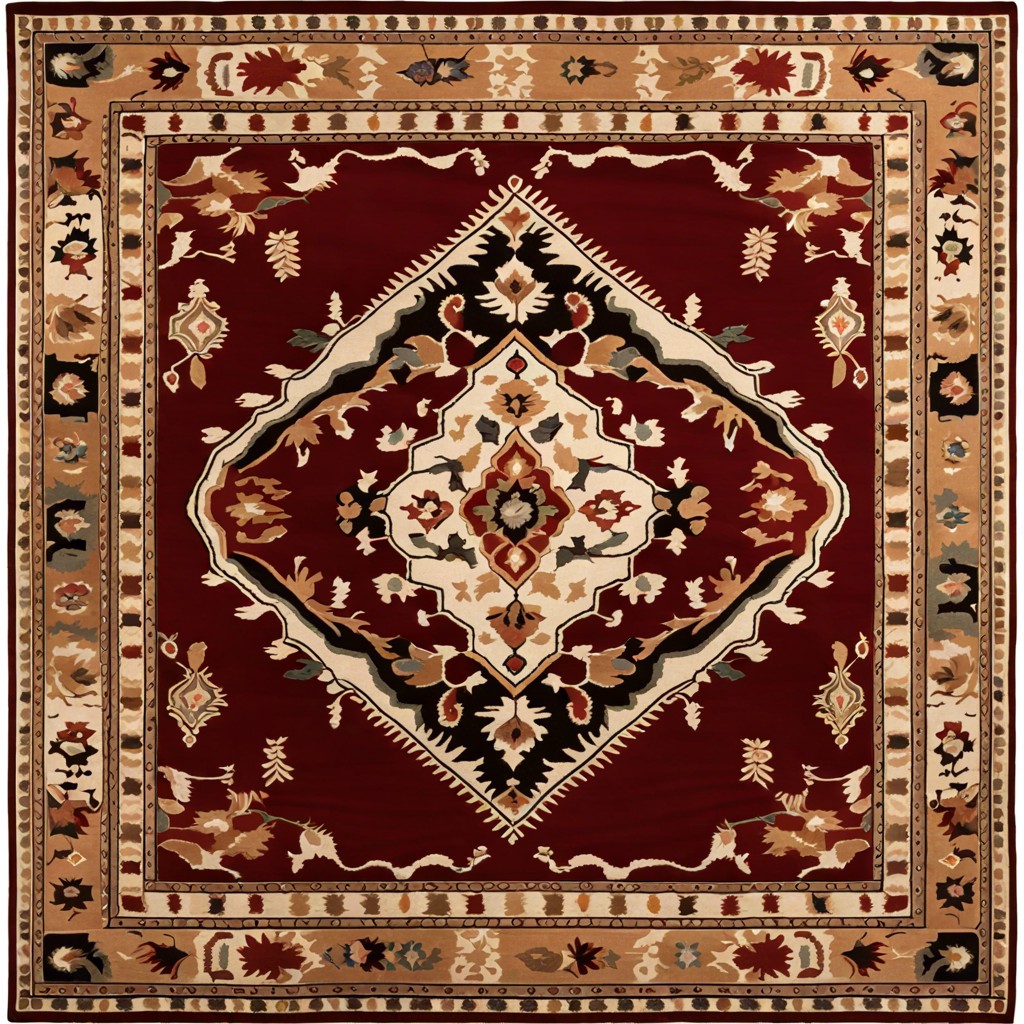
Vintage rugs possess a charm that transcends time, often appreciated for their craftsmanship and aesthetic appeal. Typically, a rug must be at least 20 to 100 years old to be considered vintage. These floor coverings vary in style, weave, color, and material, influenced by the cultural and historical context of their creation.
They’re recognized for their quality and durability, crafted before industrial manufacturing diminished the uniqueness of individual pieces. Each has a story, whether it’s a sturdy Mid-Century Modern shag or an intricate Art Deco design.
While trends in home decor fluctuate, vintage rugs remain beloved for their ability to add warmth, texture, and a sense of history to any room. Collectors and decorators alike prize them for their ability to stand the test of time, both in style and function.
Defining Vintage: Age and Characteristics
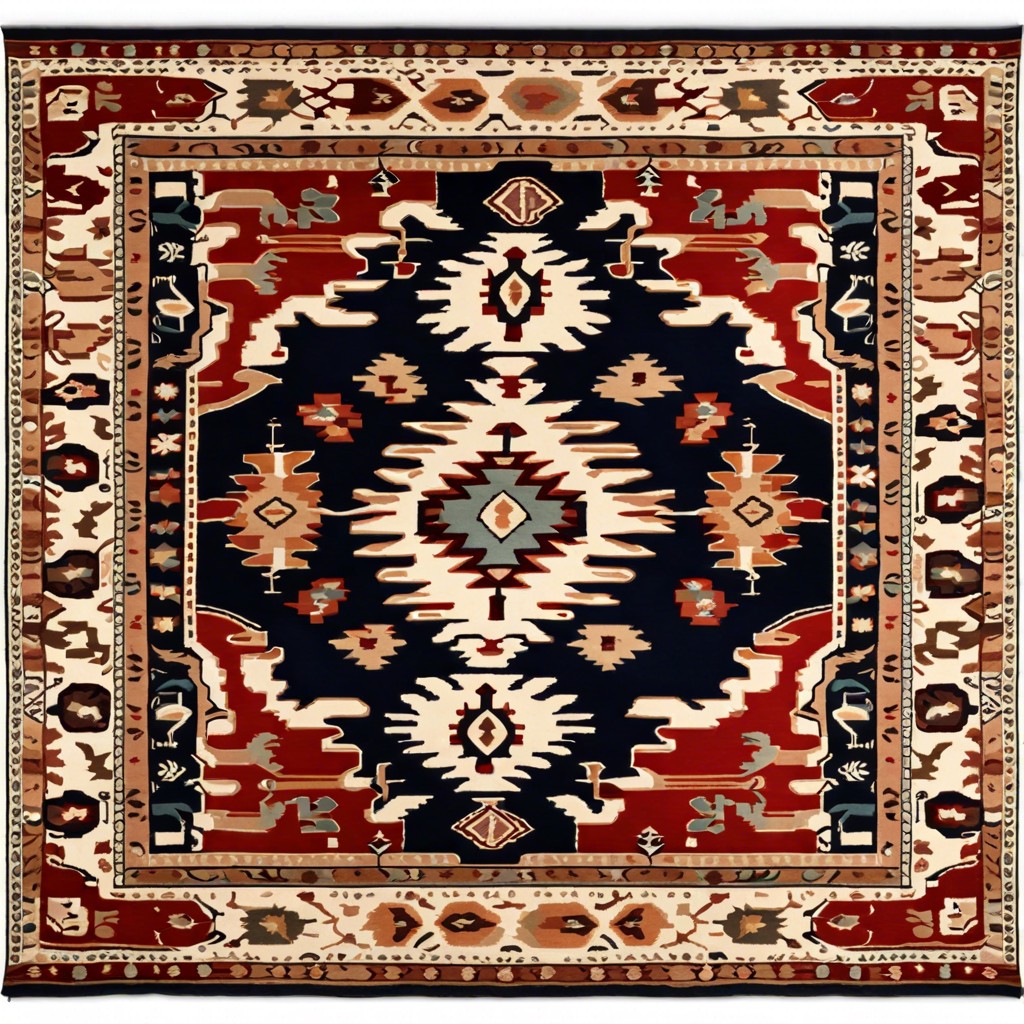
The term ‘vintage’ typically refers to items that are at least 20 to 100 years old, placing them in a sweet spot between being modern and antique. Rugs fitting this description often reflect the design aesthetics and craftsmanship standards of the period they were made. They carry with them a sense of history and a patina of age that adds depth and character, traits not found in newer counterparts. These rugs may showcase a variety of materials, weaving techniques, and patterns that are specific to their origins and time period. Natural dyes and unique wear patterns are common features that contribute to their distinctiveness and desirability. Vintage rugs serve not only as home decor but also as tangible pieces of a bygone era’s cultural tapestry.
The Appeal of Vintage Rugs
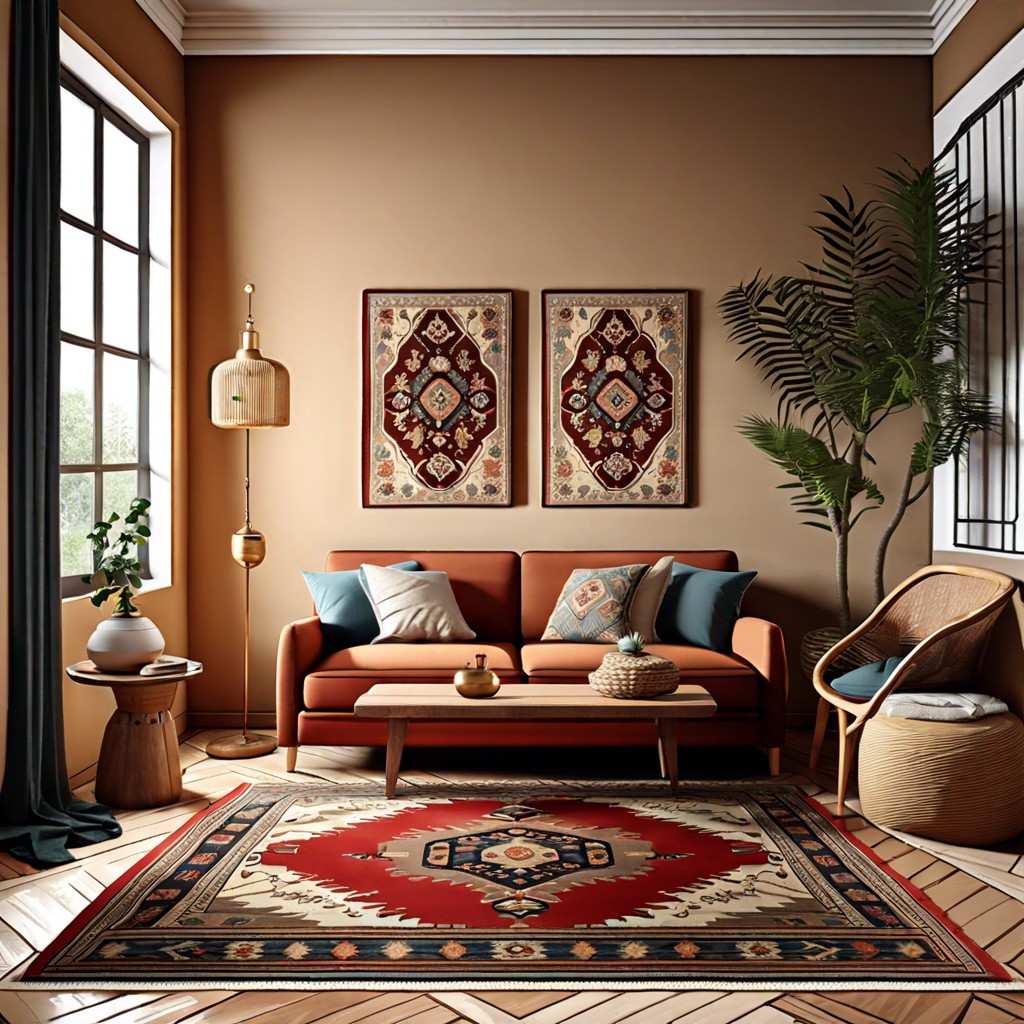
Vintage rugs encapsulate a historical essence that new textiles can seldom replicate. They provide a unique character and warmth to a room that speaks of a rich past alive within its fibers. Each piece tells a story, whether it’s through the weaver’s traditional techniques, the cultural significance of its patterns, or the natural aging process that adds to its charm.
These rugs often represent a wise investment, as their value can appreciate over time, assuming they are well-maintained. The distinctive patina developed over the years cannot be artificially produced, making each rug a one-of-a-kind asset.
Moreover, sustainability-conscious decorators favor vintage rugs for their eco-friendly aspect. Instead of contributing to the cycle of mass production and waste, purchasing a vintage rug extends the life of an existing item, which aligns with a more environmentally responsible approach to interior design.
Lastly, incorporating vintage rugs into contemporary decor bridges the old and the new, letting homeowners create eclectic, personalized spaces. The contrast between modern elements and the time-honored allure of a vintage rug often enhances the overall aesthetic of a space.
Categories of Vintage Rugs
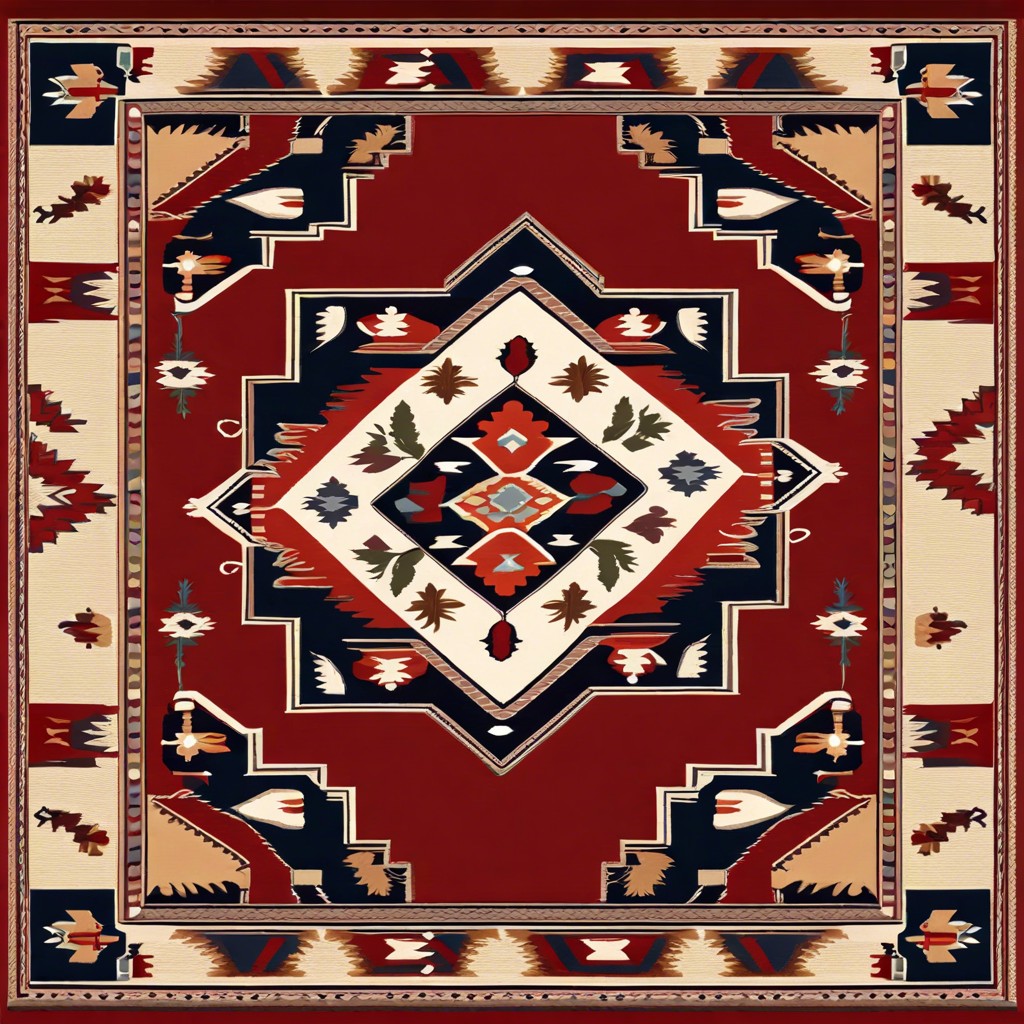
Vintage rugs encompass a wide array of designs, each reflecting the time and place of their creation. Oriental rugs, often synonymous with vintage, are notable for intricate patterns and quality craftsmanship, originating from countries like Iran, Turkey, and Afghanistan. Persian rugs, a subset of Oriental rugs, are highly prized for their fine weaves and rich, colorfast dyes.
European rugs include Aubusson and Savonnerie styles, hailing from France with their romantic florals and pastel shades. Scandinavian rugs, particularly Swedish mid-century pieces, are treasured for their minimalistic designs and modernist aesthetics.
American hooked rugs, made from the 19th century onwards, offer charming folk art appeal with their bold, geometric patterns. Meanwhile, Art Deco rugs represent the early 20th-century penchant for angular designs and sleek style.
Each category holds unique attributes, from weaving techniques to motifs, that tell a story of cultural heritage and era-specific trends. When exploring these categories, consider the distinct visual language and historical context they represent within the tapestry of vintage textiles.
Notable Styles and Periods

Diving into the vast landscape of vintage rugs, certain styles and periods stand out for their unique craftsmanship and historical significance. Oriental rugs, Persian carpets from the 19th and early 20th centuries, are renowned for their intricate designs and durability. Often, their motifs tell stories or symbolize folklore, each weave reflecting a piece of cultural heritage.
Another notable group is the Art Deco rugs from the 1920s and 1930s, characterized by bold colors and geometric patterns. These pieces echo the era’s love for modernity and innovation, making them striking additions to contemporary spaces.
Mid-century modern rugs also garner attention for their minimalist and abstract expressions, mirroring the artistic shift post World War II. Scandinavian rugs from the same period emphasize simplicity and functionality, using wool and natural colors for a harmonious, understated aesthetic.
Finally, American hooked rugs bring a rustic charm to the vintage category. Originating in the 19th century, these handcrafted rugs were often made from scraps of cloth by rural communities, presenting a quaint, homespun appeal.
Each style and period encapsulate unique stories, offering collectors and decorators a window into the past and opportunities to enrich modern-day interiors with a touch of history.

